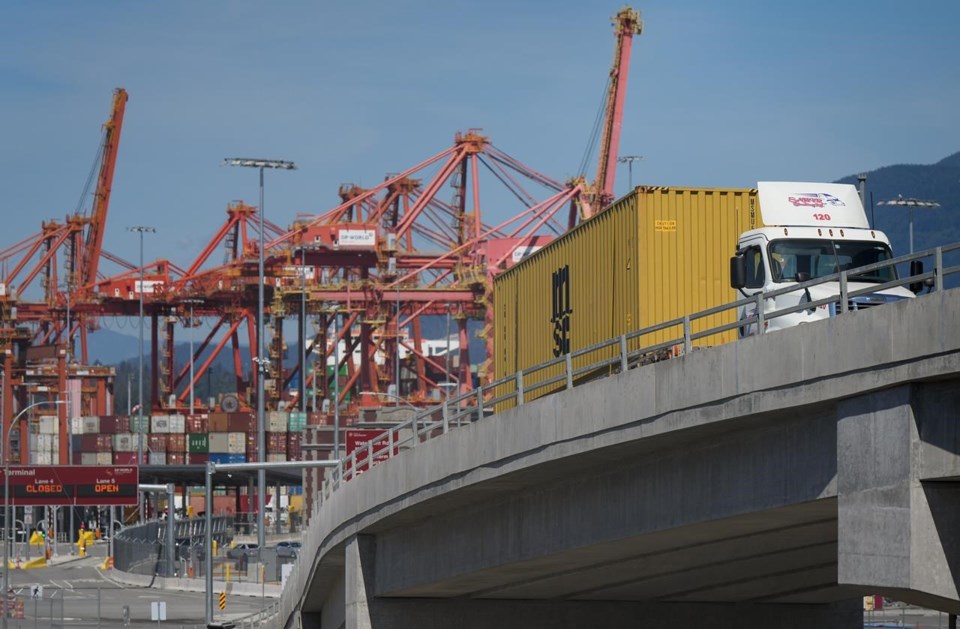Rising costs in the trucking sector have overtaken the driver shortage as the biggest concern for employers, according to a new report from an industry non-profit.
One-third of business owners now see higher overheads such as fuel, equipment, insurance and labour as their biggest challenge, results from a Trucking HR Canada survey show.
The outcome marks the first time in a decade that a dearth of drivers has not been at the top of companies' worry list, the group said.
"We have seen a bit of a slowdown, so the hiring of drivers hasn't been that front-and-centre concern that we've seen over the last many years," said chief executive Angela Splinter in a phone interview.
"I think it's a reflection of what we're seeing in our economy right now."
Nonetheless, labour woes remain significant, as vacancies — including those behind the wheel — will top 40,000 by decade's end unless more support to attract and keep workers is provided, Splinter said.
Helping to ease the pressure is the growing number of women in the semi cab.
The number of female drivers shot up 43 per cent to nearly 14,300 between 2016 and 2021, though the total still amounts to less than five per cent of all drivers.
The tally of women in trucking and logistics overall rose by 26,235 or 27 per cent to 123,370 between 2016 and 2021, even as the proportion of women in the workforce stayed stagnant at 48 per cent.
Trucking HR Canada offers funding to bolster the workforce, drawing in women and young people who might otherwise wind up in other fields, Splinter said. The non-profit's efforts include programs that pay for new drivers' training and an employer wage incentive to take on post-secondary students for job placements in non-driving roles.
"If we could do more around recruitment and even around retention, we'd see less of those vacancies over time," Splinter said, calling on the government to pour more funds into the sector.
It's not just big-riggers who are in short supply. Technicians, mechanics, dispatchers, material handlers, shippers, receivers and information technology specialists are all in demand.
"We're competing with all these other sectors for the same workers," Splinter said.
As thousands of drivers near retirement age, the number of big-riggers under the age of 25 nearly doubled to about 18,700 between 2016 and 2021, a key trend for replenishing the ranks of fleets, according to the report.
The proportion of workers aged 18 to 24 in trucking and logistics as a whole rose to 10 per cent in 2021 — the last year for which census data was available — with 34,000-plus more young people in the sector than five years earlier.
"Young people are seizing the economic opportunities and the good jobs that our sector offers. At the same time, our workforce is still aging," Splinter said, noting an increase by more than 9,000 drivers aged 65 and older.
One in four companies will likely have to delay plans to expand its business because it cannot hire enough drivers, the report said.
The findings are based on government statistics as well as a 2023 survey of 376 employers representing more than 48,000 drivers.
This report by The Canadian Press was first published March 4, 2024.
Christopher Reynolds, The Canadian Press

